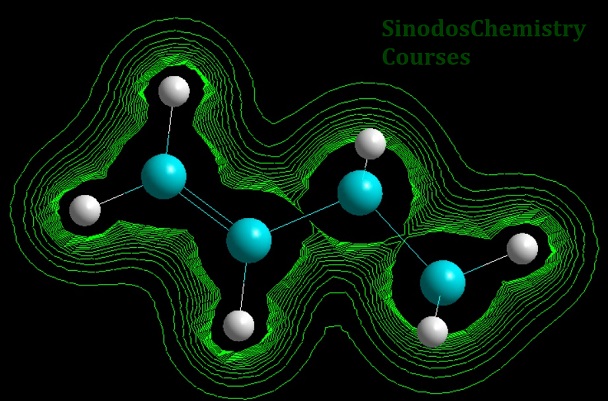Atomic absorption photospectrometry

Atomic absorption photospectrometry is a popular, accurate, spectro analytical method that allows for the quantitative determination of chemical elements in compounds and mixtures. The methodology is based on the interactions between atomized elements and radiation at various energy levels that reveal their identity. Operational principles, scientific background, applications and alternatives are discussed in detail in this course.
Objectives
In this program, you will:
- refresh the concepts of spectrometry
- learn the principles of operation of atomic absorption photospectrometry
- understand the applications and advantages of the method
- learn about the types and modes of atomic absorption photospectrometry
Contents
- Introduction to analytical approaches
- Operating principles for major analytical methods
- Introduction to atomic absorption
- Introduction to photospectrometry
- Beer – Lambert law
- Atomization and atomizers [flame, electrochemical, etc.]
- Hydride atomization
- Glow – discharge atomization
- Cold vapor atomization
- Radiation sources [hollow cathode lamps, electrodeless discharge lamps, deuterium lamps, etc.]
- Background absorption and corrections
- Interactions of atoms with different energy level radiation
- Energy levels of atoms and excitation
- Energy diagrams of orbitals
- Recent advances and developments
- Review
Who should attend?
This course in intended for:
- All professionals working in a field of interest that need to enhance their understanding on Atomic Absorption Spectrophotometry
- Management members that need to understand requirements and possibilities in the field
- University students (industrial engineers, chemists, chemical engineers, mechanical engineers) looking for an improved understanding of non-destructive techniques
Variations of the suggested outlines can be prepared on demand (terms and conditions apply)
